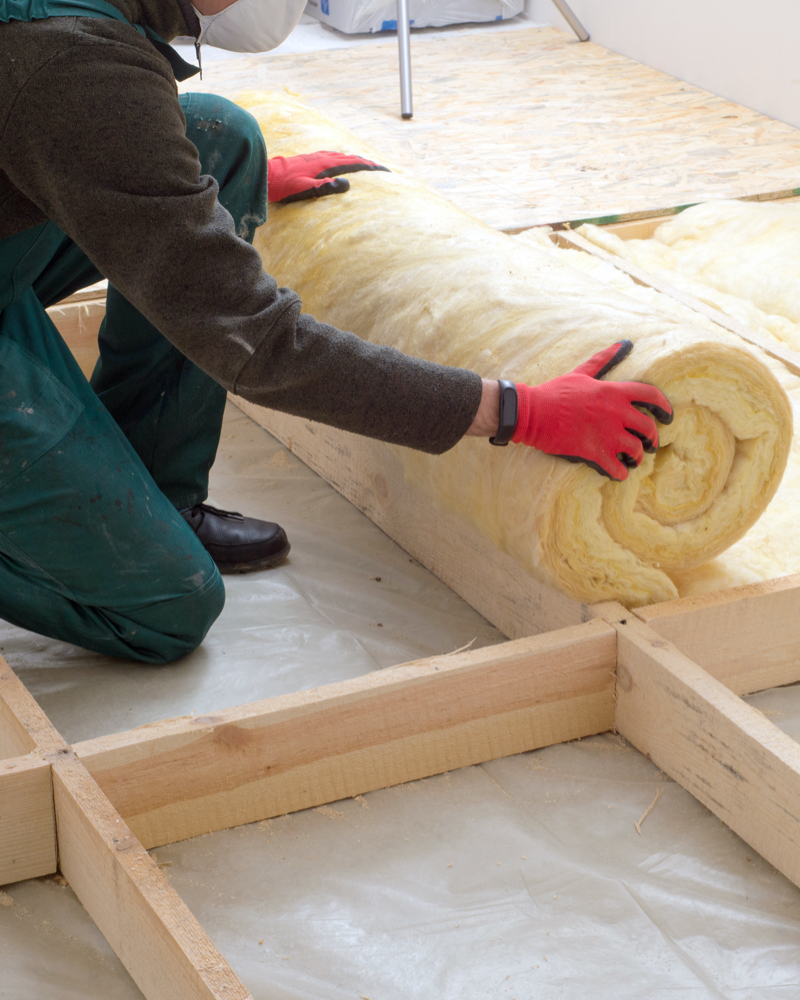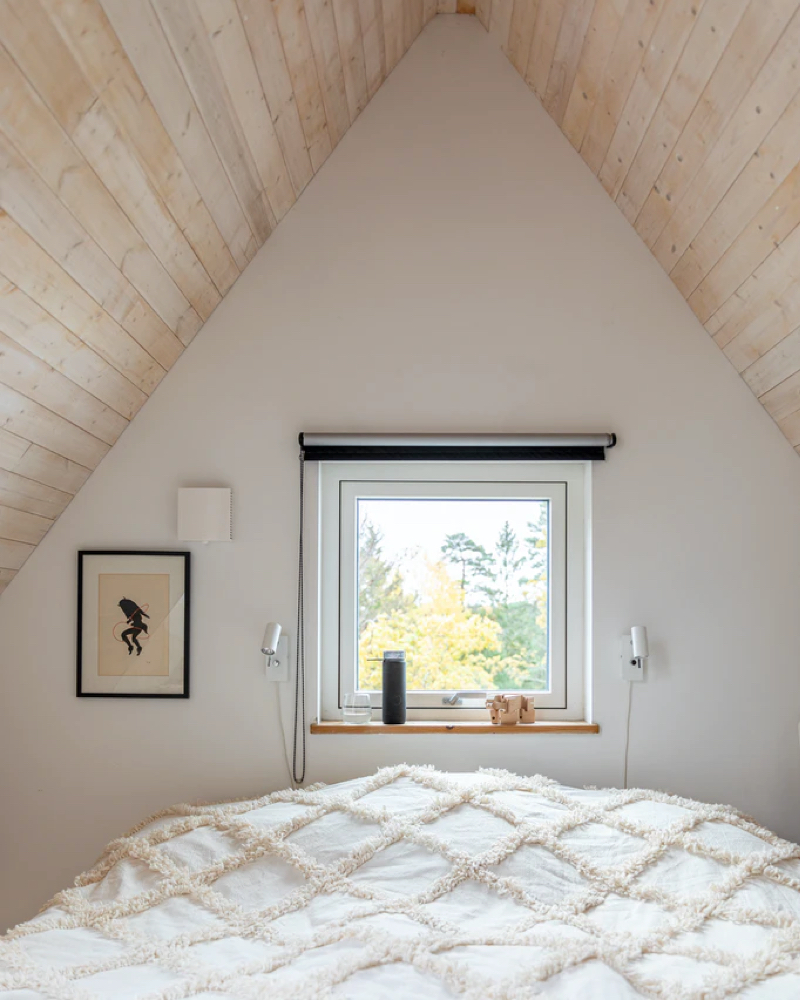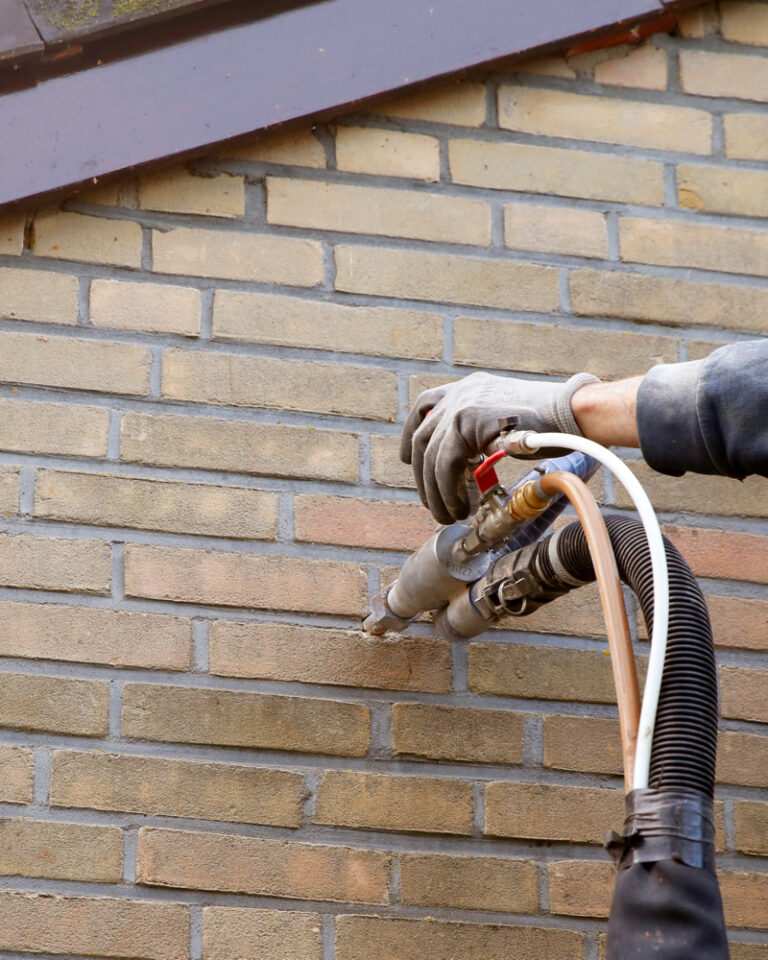- In this guide
Because warm air rises, roofs are one of the biggest sources of heat loss within UK homes. According to experts, roofs can account for anywhere between 25% and 40% of heat loss in the average home. This is why a well-insulated roof is key to creating an energy-efficient property all year round.
UK houses typically come with one of two types of roofs:
- Pitched Roof – require warm or cold insulation
- Flat Roof – require warm deck, cold deck, or inverted roof insulation

There are different insulation solutions available depending on your roof type. Regardless of whether your house has a flat or pitched roof, quality insulation is a sure-fire way to improve the energy efficiency of your property.
In this guide, we will be exploring pitched roof insulation in greater detail, including its benefits, costs and savings, and different insulation measures available on the market.
Why do I need pitched roof insulation?
Roofs are hit with all types of extreme weather, from heavy rain and strong winds to unrelenting sun in the summer months. Uninsulated homes let in copious amounts of cold and hot air, which flows directly into the home through your roof or loft and affects the temperature inside. Insulating your pitched roof will dramatically improve your home’s temperature balance and energy efficiency.
Many people only associate home insulation with keeping their indoors warm and cosy. But the truth is insulation also plays a crucial role in keeping the heat out. With the UK’s climate increasing, and heat waves becoming a more common occurrence during summers, home insulation has never been more vital or more value for money.
All in all, insulating a pitched roof creates a thermal boundary that helps maintain a comfortable indoors temperature by keeping out the cold and heat. This essentially means you won’t need to waste as much electricity on running heaters or air conditioners, saving hundreds of pounds on your energy bills every year.
Types of insulation for pitched roofs
There are two main types of insulation for pitched roofs:
Cold insulation
Cold insulation is only suitable for when homeowners who wish to use their loft space purely for storage. This simple solution places insulation material over and between the wooden joists on the floor of your loft. This effectively creates a barrier between the ceiling of your home’s top floor and the loft. So, while your home will enjoy less temperature fluctuations, the loft will remain uninsulated. This means it will be drastically colder or hotter than the rest of the house depending on the time of year.
Warm insulation
Warm insulation is ideal for homeowner who wish to use their loft area as a functional living space. In this instance, insulation is installed directly underneath the slope of the pitched roof. This will reduce heat loss in the winter while preventing the room from warming up in the summer. With space at a premium in all UK households, warm insulation helps make a comfortable, habitable living space within the loft area.
There are various types of warm insulation materials. These include PIR thermal insulation boards and Kanuf insulation products. It’s also important to note that when installing warm insulation in your pitched roof, it’s essential to have ventilation below the roof tiles to prevent condensation and damp that can result in rot damaging the roof.
With so many options available, it is always best to seek guidance from a professional to help you make the right choice and not spend money on unnecessary materials that might not be suitable for your property type.
Benefits of pitched roof insulation
In addition to a warmer house, reduced heating bills, and improved energy efficiency, there are many other benefits that come with installing pitched roof insulation. These include:
- Adds value to your property through an improved EPC rating.
- Insulation adds sound proofing qualities, meaning less noise from outside will enter the house.
- It also blocks out air pollutants from entering through the roof.
- Makes loft space more usable and welcoming, even if only being used for storage.
- Helps with pest prevention.
Other considerations when installing pitched roof insulation
Before installing insulation in your roof, it’s important to factor in other considerations. If you are working with a professional installer, they will be able to guide you on all the measures you’ll need to take. However, it’s good to have a clear understanding beforehand to make more informed choices.
Here are some things to consider:
- In cases of cold insulation, it’s important to cover any pipes in the loft with pipe insulation. As the loft will be drastically colder due to heat being unable to escape from below, you may experience burst pipes in freezing cold weather.
- Similarly, you should fit an insulation jacket and lid over your cold water tank as these could also potentially freeze. It’s recommended to leave the bottom of your tank open to benefit from any residual heat that manages to make its way up through the floor.
- You will also need to look into insulating your loft hatch with polystyrene to prevent cold from entering the loft.
- Before installing insulation, it’s important to check there are no leaks present in the roof. These will need to be repaired before installing insulation.
- In cases of warm insulation, ensure adequate ventilation in your pitched roof to reduce moisture. Current building regulations state that a 50mm ventilation gap is required to give your roof adequate room to breathe. It’s also recommended to leave a 2-inch gap between the insulation and the roof for air flow.
- Any proposed insulation works must comply with the UK’s building regulations and insulation materials must meet standard U-values.
Pitched roof insulation costs and savings
There are a number of factors that determine the cost of pitched roof insulation. These can range from the size of the loft area and the number of repairs that need to be carried out before insulation can be installed. Furthermore, the quality of the insulation materials plays a big role in the final work estimate.
Applied to a typical pitched roof, costs can be up to £3,500 for a superior air-tight insulation. As high-quality insulation installed by a professional can remain effective for an average of 40 years, any insulation costs will be sufficiently recouped in energy savings in no time at all.
Applying for an energy audit from a professional will help determine the exact costs to install pitched roof insulation in your home. You can also check on the Energy Saving Trust website for a rough estimate on how much you can expect to save on your energy bills through insulation in the long run.
Pitched roof insulation grants
Homeowners can take advantage of a number of government-backed grants and incentives to carry out insulation projects to improve their home’s energy efficiency.
The team at SmartStone can guide you on any schemes available to you and help fast-track the application process. Our surveyors operate all across England, Scotland, and Wales and are happy to guide homeowners on all the best insulation measures that suit your property, budget, and requirements.
Next steps...
Check your eligibility
Discover whether you’re eligible for free pitched wall insulation by applying for a FREE consultation with SmartStone today.
- Tools & Resources



